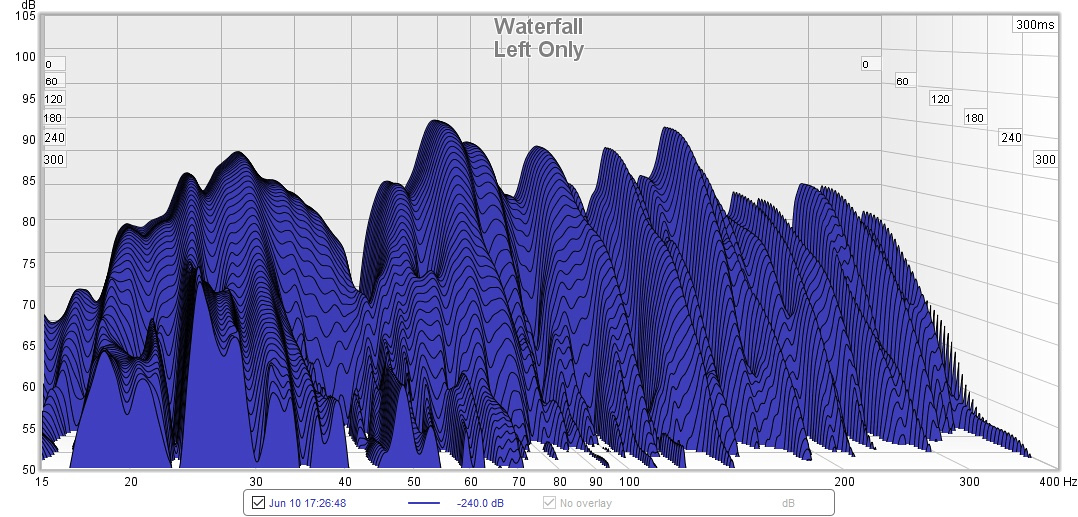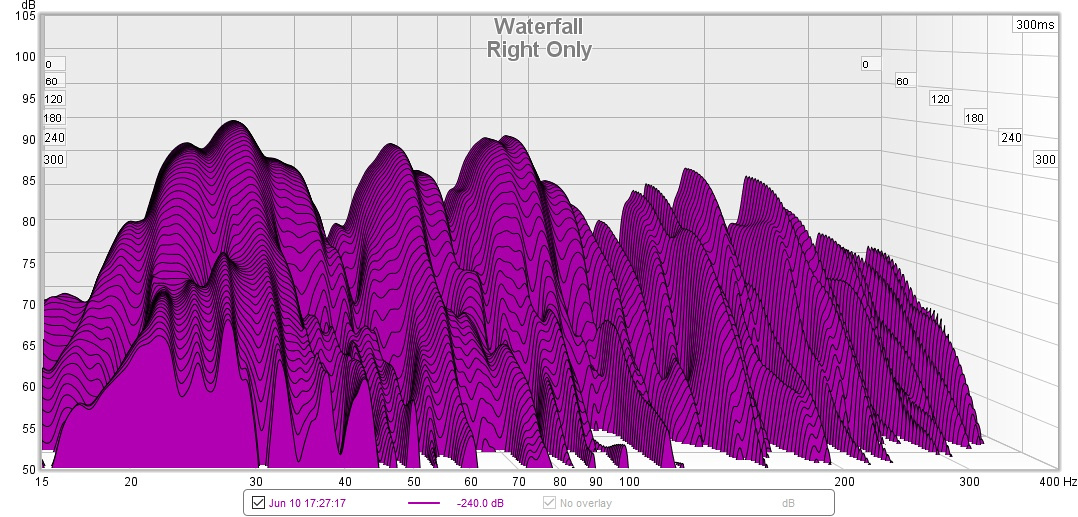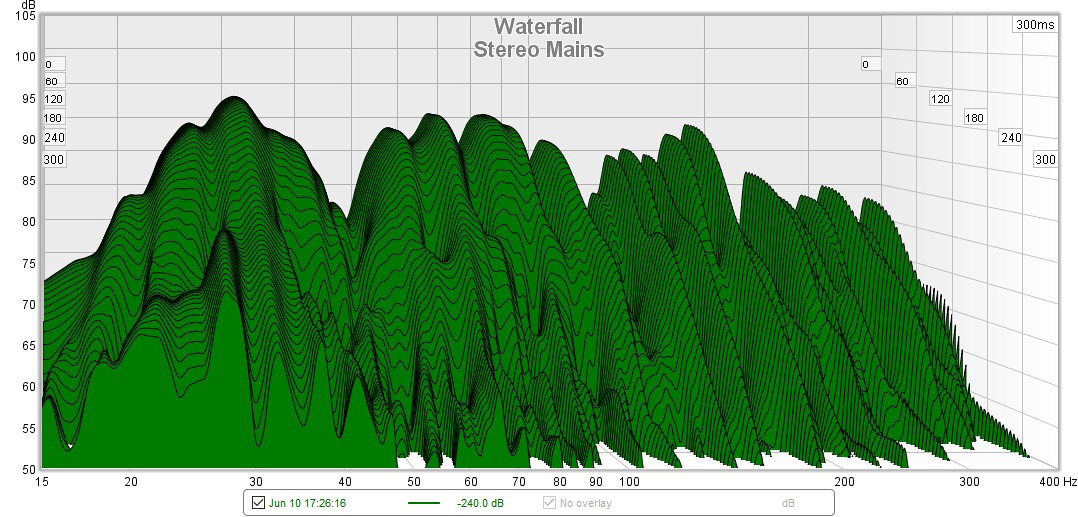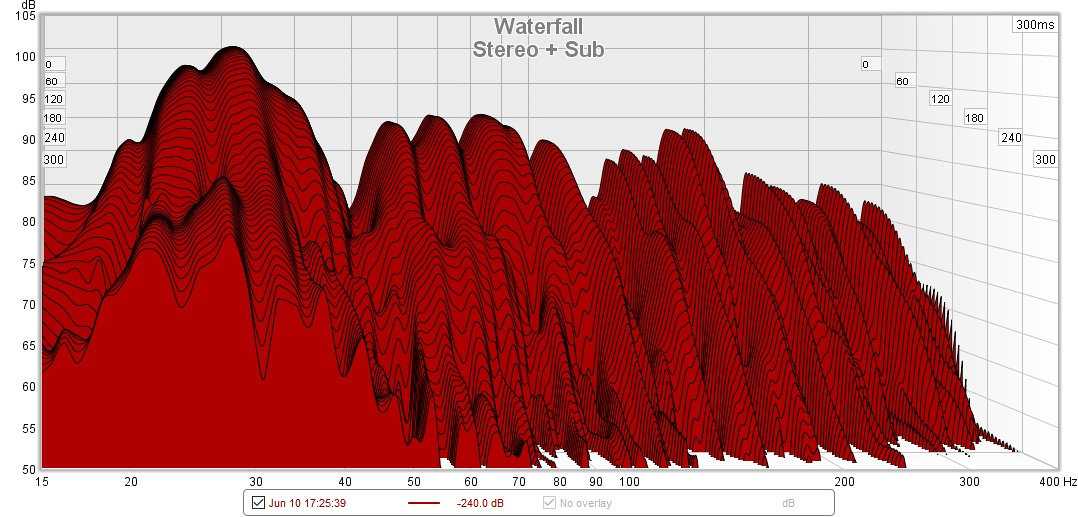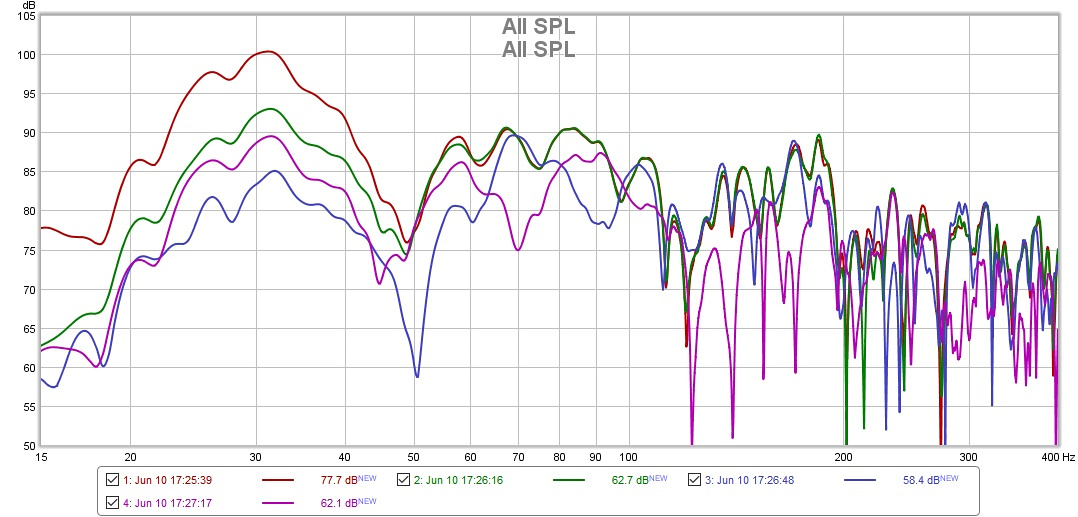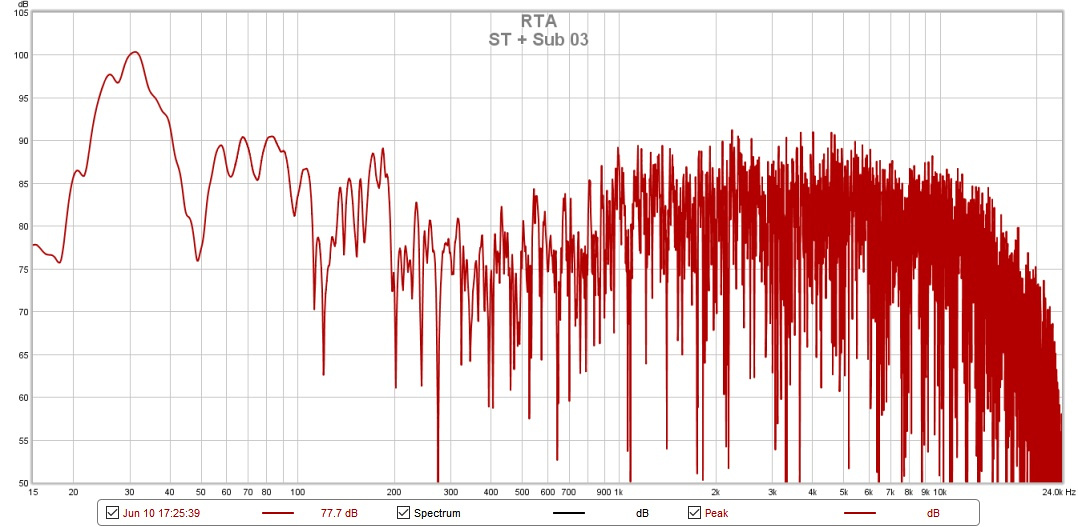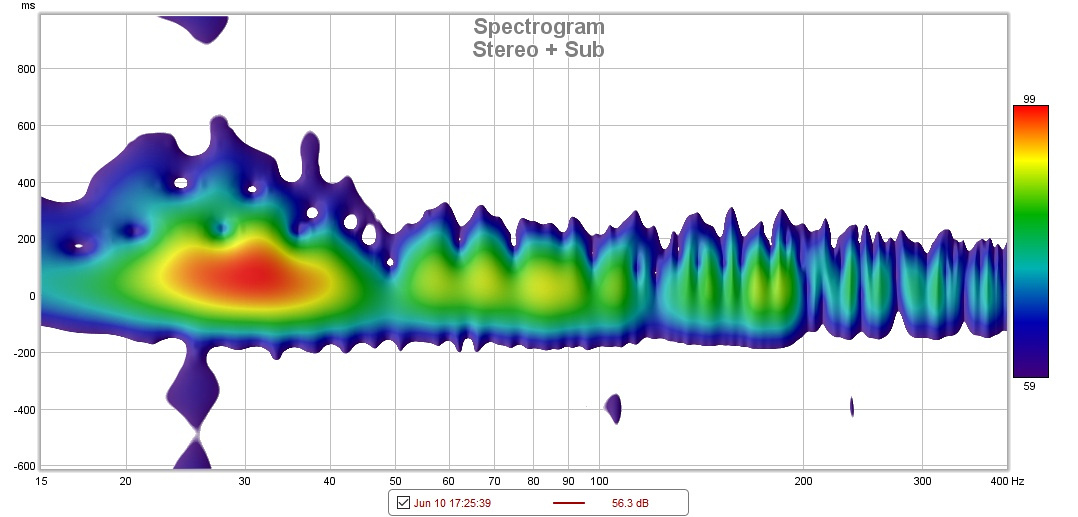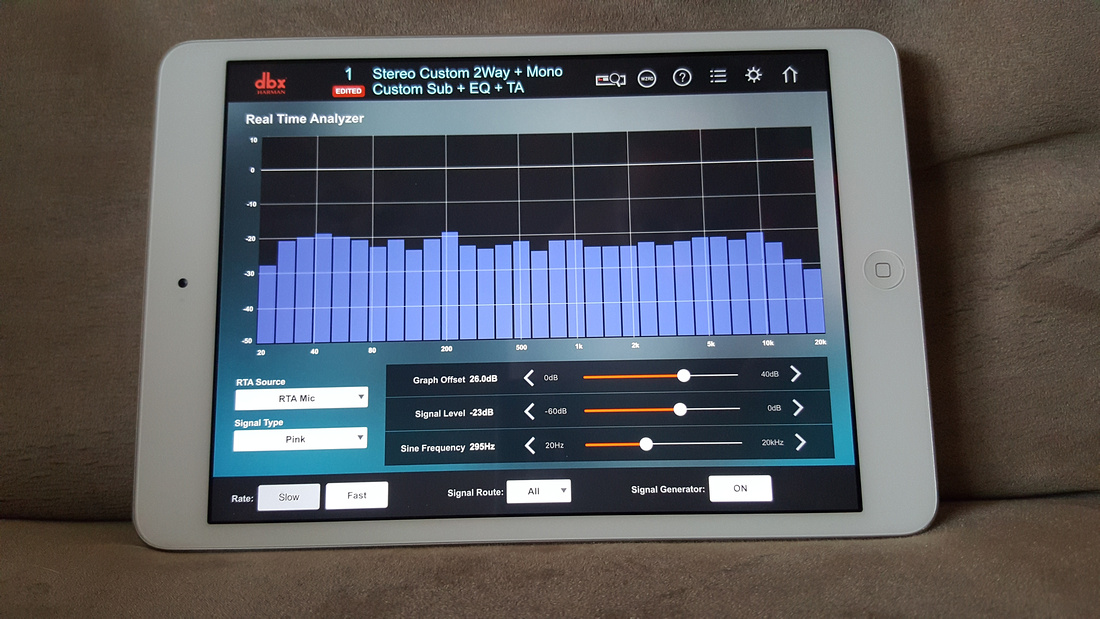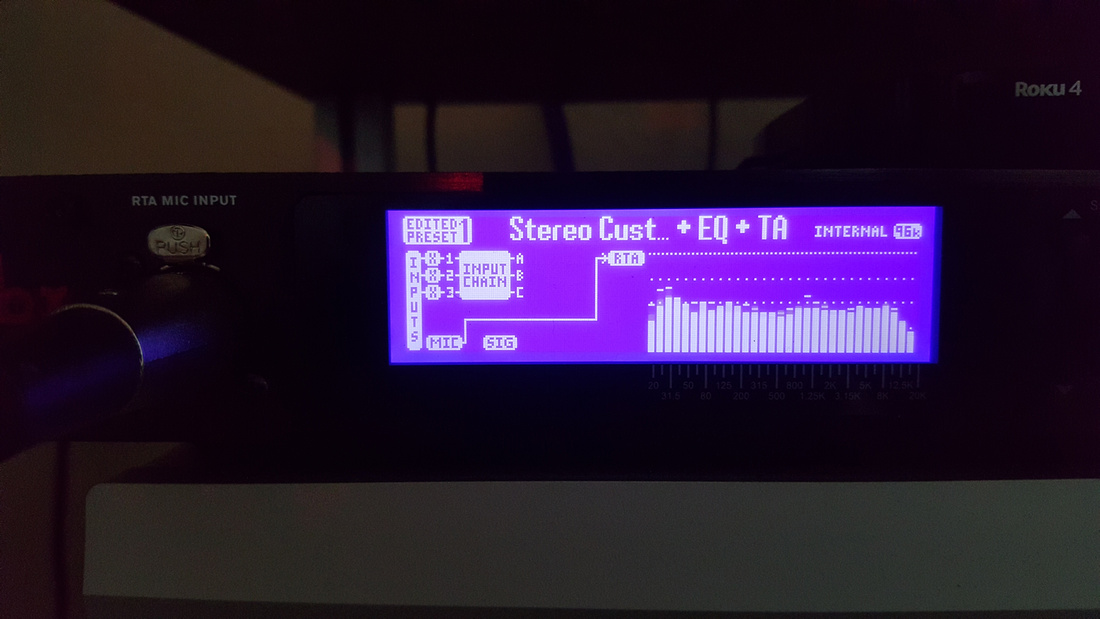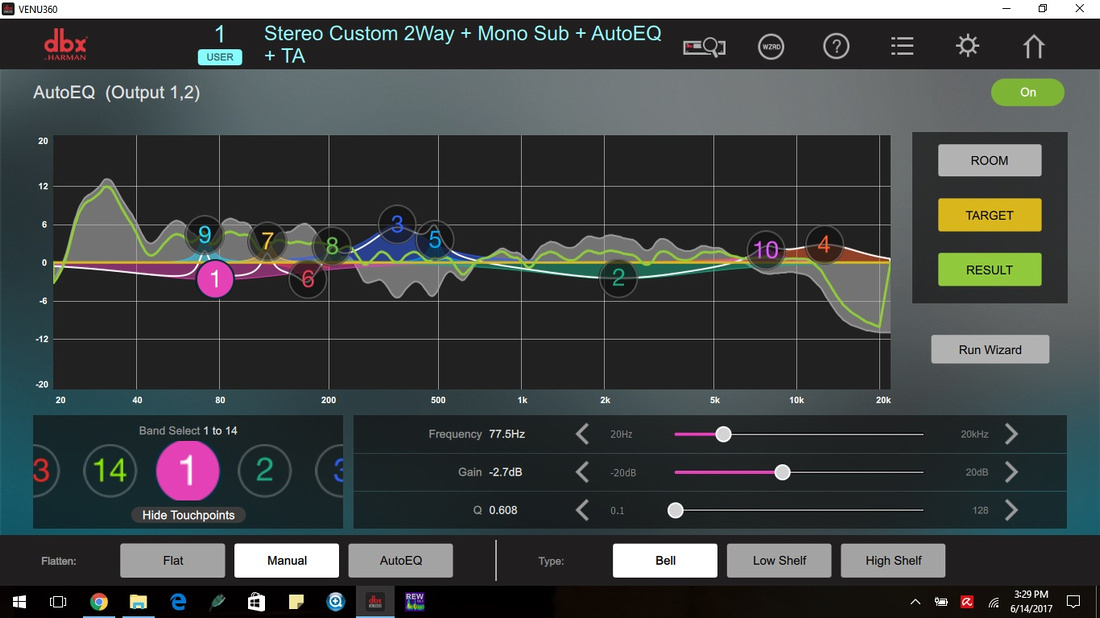My Martin Logan SL3's have dynamics! Something they never had before! In fact, that was the only thing I didn't like about them, was the lack of dynamics. ...
Congratulations! see, it wasn't that hard
And yes, once freed of the lossy passive x-over, these speakers (and the amps that drive them) can really shine, and you're not even done with the tuning process yet.
Probably because there is some EQ required, also, I'd try a 24dB L-R low-pass @ 250 on the woofer and see how that works. A first-order (12dB) low-pass means the woofer is playing well into the territory of the panel. That might be the frequency best blend, but THD in that range can take a hit. IIRC, the woofer is not clean past 500Hz. A more modern driver, speced for woofer/mid-bass (40 to 800Hz) would do better, but that's for phase IISo far, the dbx is just running crossover duty only. The panels are crossed over at 250 Hz with a Linkwitz 48 dB slope, the woofers are also at 250 Hz, but with a Linkwitz 12 dB slope and 16 Hz on the bottom end with a Linkwitz 48 dB slope. The sub is set to 46 Hz with a Linkwitz 24 dB slope.
I'm not quite sure why, but when I initially had the SL3 woofers crossed over at 48 dB @ 250 Hz, there was a big hump in the mid-bass, making everything rather bloated and chesty sounding. Knocking it down to a 12 dB slope eliminated that hump and made everything sound natural. There's more body to vocals like there should be (which is something the SL3's are known to lack a little of). ...
Bass content now has snap and texture. Vocals, both male and female sound amazingly real and lifelike. They have life and warmth to them. Treble is smooth and detailed. With no EQ of any kind, they sound like they're being powered by a good tube amp without being rolled off.
The JL sub has completely vanished into thin air. It has become a natural extension of the SL3's. With your eyes closed, you just assume all of the bass you're hearing is coming from the SL3's and nothing more. Then again, with your eyes closed, you really can't tell that any of the sound is coming from the speakers. It's just there in the room with you and that really low bass just shows up when needed.
Listening to Louis Hayes' Serenade for Horace right now, and it's oh so good sounding!
Yep, all that sounds very familiar, and it will just keep getting better as you fine-tune it with the measurement rig.
One immediate recommendation: adjust the delay between panel and woofer, tune this before you do any further EQ and crossover tweaking.
It's best done with REW Impulse response metrics, but you can do a first approximation by using these values that worked on my Monoliths: Set panel delay to 0.26ms.
I hope the tuning continues well this week. Keep us posted.




